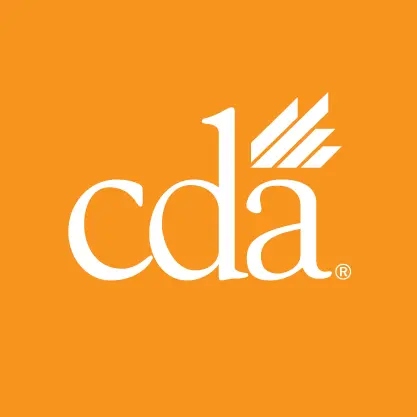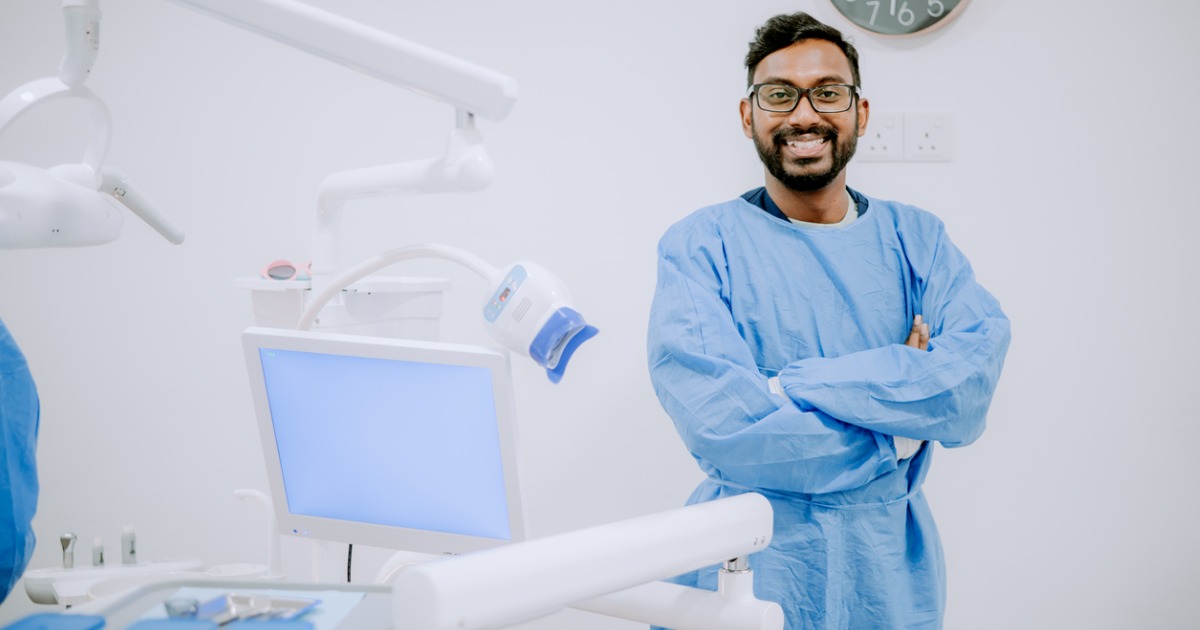Jan. 15, 2025: Article updated to note the delayed implementation of changes to radiation safety course requirements.
Dec. 10, 2024: Article updated to provide new information about the required eight-hour infection control course for dental assistants. The article originally reported that the dental board was creating a mechanism to approve a virtual and on-demand format of the course. CDA is discussing the best course format options with the dental board.
Oct. 10, 2024: Legislation signed into law this year will bring significant changes to dental practice, licensure and permitting in California starting Jan. 1, 2025.
The new requirements, shaped by CDA’s advocacy, address key issues for members such as expanding the workforce to address staffing challenges, anesthesia permit qualifications for dentists and infection control standards for dental assistants. These updates aim to modernize dental practice, ensuring that dentists and dental assistants are equipped to meet the evolving needs of professionals and patients across the state.
Changes impacting dentist licenses and permits
Adult minimal sedation requirements
In partnership with the California Society of Pediatric Dentistry, CDA successfully advocated for pediatric dentists to be able to use their pediatric residencies to qualify for adult minimal sedation permits. This loophole was an unintended consequence of legislation passed in 2018 (SB 501, Glazer).
General anesthesia permits
Dentists holding general anesthesia permits will now be required to complete Advanced Cardiovascular Life Support training during each renewal period in addition to the Basic Life Support requirements for their dentist license.
Nonclinical licensure by credential pathway
Dentists licensed in another state who practice nonclinically for a specified time in a role that requires an active dentist license (such as dental public health) will now be eligible to apply for a California license using the licensure by credential pathway.
Qualifying C.E. courses in mental health, DEI
Continuing education that is focused on mental health and wellness or the impact of diversity, equity, and inclusion on the delivery of dental services will qualify as “core” C.E. when offered by a qualified provider.
Fictitious name permits
Previously, dental practices applying for a fictitious name permit had to list the term “dental group/practice/office” in addition to the family name of one or more past, present or prospective members of the group. Beginning Jan. 1, dental practices with an FNP no longer need to have an owner’s family name associated with the practice name, but it must contain “dental group, practice, office, or corporation.”
License and permit posting requirements
Licenses and permits for all licensed dental professionals and certificates of completion of board-approved radiation safety and coronal polishing courses for unlicensed dental assistants must be publicly displayed within the dental practice or facility where treatment is being provided.
Changes impacting dental assistants
New requirement, format change for eight-hour infection control course
Beginning Jan. 1, 2025, and regardless of their hiring date, unlicensed dental assistants must complete the required eight-hour infection control course prior to exposure to blood and saliva. The new required timeline for completing the course replaces the current requirement that the course be completed within one year of hire.
The Dental Board of California unanimously supported this change to prioritize infection control standards coming out of the pandemic and after years of advocacy from various dental assisting communities.
CDA originally advocated successfully for an on-demand option of the course to make compliance easier for dentists throughout the state and reported on this success in October. Because the dental board later identified implementation issues, CDA is now in discussions with the board to determine how the course format can be modified to make compliance quicker for dentists. In the interim, dentists should search the dental board’s list of approved infection control courses for providers who offer the course across California. CDA will share updates and resources for this requirement as they become available.
Coronal polishing duty expansion for unlicensed dental assistants
Unlicensed dental assistants who successfully complete a board-approved course will be able to perform coronal polishing under direct supervision.
CDA originally sponsored this legislation in 2022 and 2023 with strong support from the California Society of Pediatric Dentists and is pleased to see this duty expansion adopted with the support of the dental board. Certificates of completed coronal polishing courses should be publicly displayed within the dental practice or facility where treatment is being provided.
Changes to Dental Practice Act
Radiation safety course may focus on digital X-rays
The dental board sunset bill updated many parts of the Dental Practice Act.
Program directors approved by the board to provide radiation safety coursework will soon be able to decide whether to continue to provide instruction on film radiography or to exclusively teach digital X-rays.
The change is a response to the profession’s shift toward using digital X-rays and to the financial pressures of maintaining outdated technology in course programs. It was due to take effect Jan. 1, but the board has delayed its implementation until further notice stating, “Until further notice, board-approved radiation safety course providers are required to continue providing instruction pursuant to California Code of Regulations.”
Certificates of completed radiation safety courses should be publicly displayed within the dental practice or facility where treatment is being provided.
ITR duties for registered dental assistants in extended functions
Under another change to the Dental Practice Act, registered dental assistants in extended functions who complete board-approved courses on radiographic decision-making and interim therapeutic restorations can perform those duties effective Jan. 1. RDAEFs will be able to take radiographs for patients not previously seen by the dentist and perform interim therapeutic restorations under specified conditions (Business and Professions Code Section 1753.51).
Updated dental team duty chart, other resources coming
Various other changes have been made to contemporize duty statements for all licensure and permit categories for dental assistants to reflect new technologies within the profession. See Cal. Bus. & Prof. Code Sections 1750.1 (unlicensed dental assistants), 1750.3 (Orthodontic Assistant Permitholders), 1752.4 (RDAs), and 1753.5-6 (RDAEFs).
Additionally, new pathways to RDA licensure, including a preceptorship model will take effect July 1, 2025. Creating new pathways for RDAs to become licensed as a way to help members resolve staffing challenges has been a top priority for CDA. CDA will update the dental team duty chart and other resources to reflect these changes and create new resources that outline the new pathways and requirements to obtain RDA licensure.
Get details on CDA’s advocacy on other major issues impacting California dentists, recent legislative efforts and successes and new and updated resources through the newsroom and weekly member newsletter.

